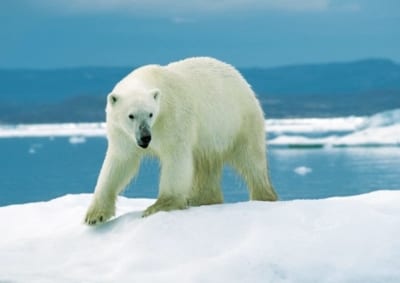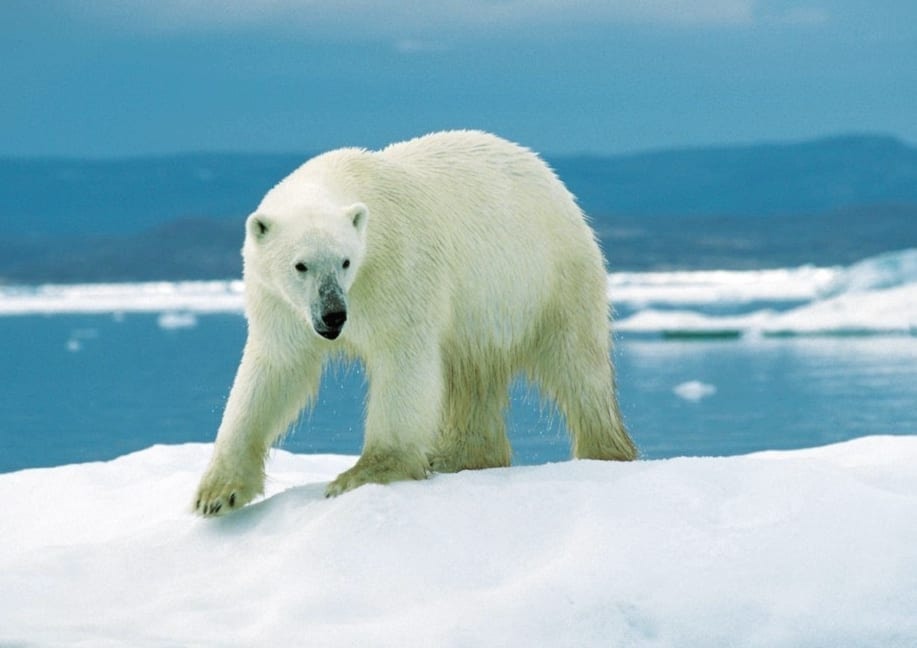A Norwegian conservationist and author is arguing that the selective hunting of polar bears for size and fur quality poses a threat to the animals' welfare in addition to climate change.

Pixabay photo
“It’s not only about the number of polar bears killed, but which animals are targeted,” stated Ole J. Liodden, who wrote the 2019 book Polar Bears and Humans.
He cited data showing that 1,736 polar bears were slain in Nunavut trophy hunts between 1970-2016. Resolute was the most active community with 392 trophy kills followed by Coral Harbour with 231 and Grise Fiord with 216.
“It is politically incorrect to question the Inuit or the polar bear management, especially questioning definitions like 'sustainable harvest' and 'subsistence harvest,'" Liodden wrote. "In Inuit traditions it was important for polar bear hunters to treat the polar bears with respect, before and after death. Killing for fun was not in harmony with tradition and many Inuit hunters and leaders were, and still are, against the trophy hunting industry."
Stanley Adjuk, chair of the Kivalliq Wildlife Board, said there are “very few” trophy hunts in the Kivalliq region with only one community's hunters and trappers organization allowing them, as far as he's aware.
The greatest concern relating to polar bears is the danger they pose to humans, Adjuk said. A polar bear killed one man near Arviat in July 2018, another man was slain outside of Naujaat in August 2018.
“It's for the safety of the public that we want to reduce our polar bear population,” said Adjuk.
Despite much publicity over the hazards associated with climate change, he remains confident that the predators will endure.
“I know a lot of activist or scientists that are animal lovers think (polar bears) are going to disappear in an instant but that is not the case with us,” Adjuk said. “In Inuit knowledge we know that bears can adapt to anything. The Inuit are scientists of the animals that we live with.
“When I was a kid growing up, there was hardly any polar bears. Now today there's too many polar bears everywhere.
“The bears in our region are healthy. The population is not just healthy but... the bears are not starving,” said Adjuk, who resides in Whale Cove.
Bobby Greenley, chair of the Ekaluktutiak Hunters and Trappers Organization in Cambridge Bay, said there's no trophy hunts in his community either. Like Adjuk, he said residents are reporting that they're seeing more and more bears in the area.
Polar bear harvests are co-managed in Nunavut by the Department of Environment and the Nunavut Wildlife Management Board. The total number of bears killed in 2017-18, the most recent available through government statistics, was 417 out of 484 permitted. Of those, 62 were sports hunts.
Approximately 16,000 polar bears exist in Canada out of an estimated 26,000 worldwide.
The trade of polar bear hides is regulated by the Convention on International Trade in Endangered Species of Wild Fauna and Flora.
“In order to export polar bear products, Canada must prove trade has no detrimental impact on its polar bear populations,” according to the Department of Environment. “Exports would be banned in the event of a conservation concern due to trade or harvesting under this agreement.”
Is ecotourism the answer?
The economic value of polar bear hunting in the Canadian Arctic since 2009 has amounted to less than $900,000 annually when the value of the meat is also included, according to Liodden. Fifty-two percent of the revenue from trophy hunts goes to the local community, he stated. Only three of 25 Inuit communities in Canada derive more than five per cent of their overall income from polar bear trophy hunting, he calculated.
“For most Inuit settlements polar bear trophy hunting has little to no limited economic value,” Liodden stated.
However, trophy hunting can have a detrimental effect on polar bears based on the example of a sub-population in the area of Melville Island and northern Victoria Island. Liodden attributed a substantial drop in male numbers between the mid-1970s and early 1990s to sports hunts combined with regular harvests. Eighty-four of the animals were shot by trophy hunters between 1982-'91, according to Liodden.
He urges Inuit to consider the lucrative polar bear ecotourism industry in northeastern Alaska that grew to a value of approximately $1.5 million U.S. in 2016, surpassing the value of polar bear trophy hunting in Canada's Arctic.
Adjuk is no fan of mixing ecotourism and polar bears. He blames that industry for making bears feel more comfortable around people.
“They have less fear toward humans and coming into communities,” he said. “With tourism going on all the time, we the Inuks who live in the region start paying a price for it.”
